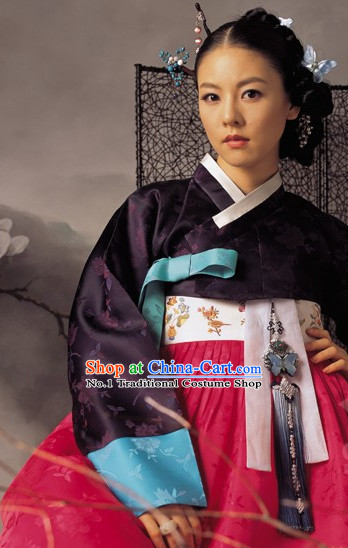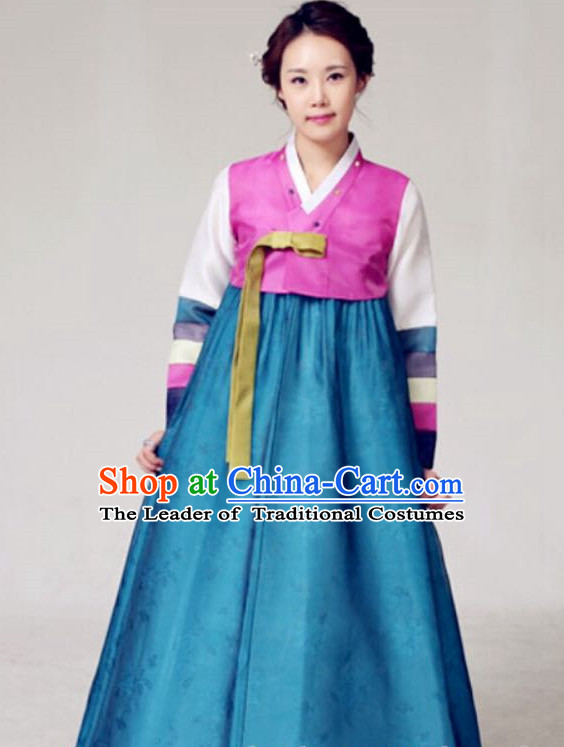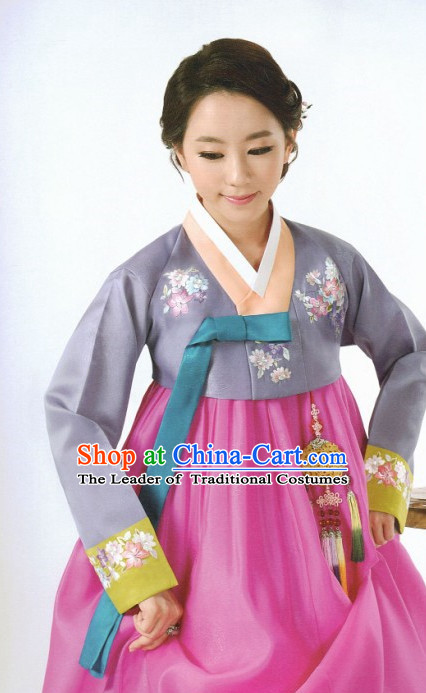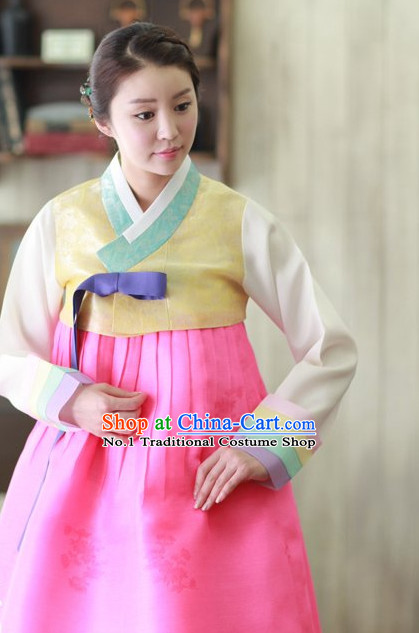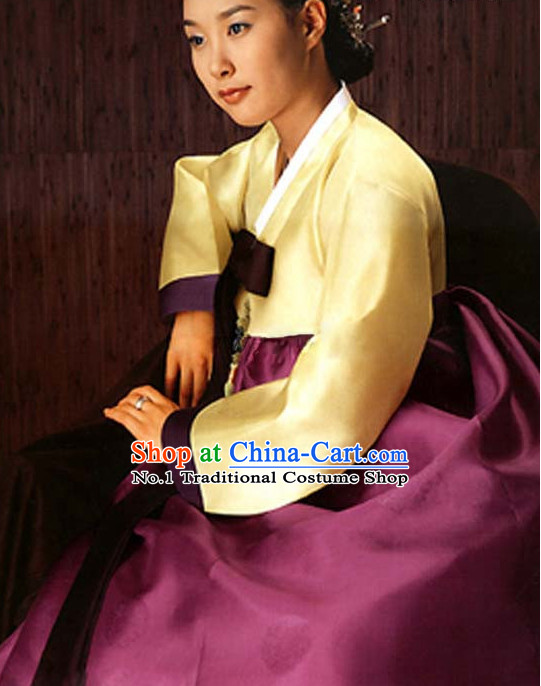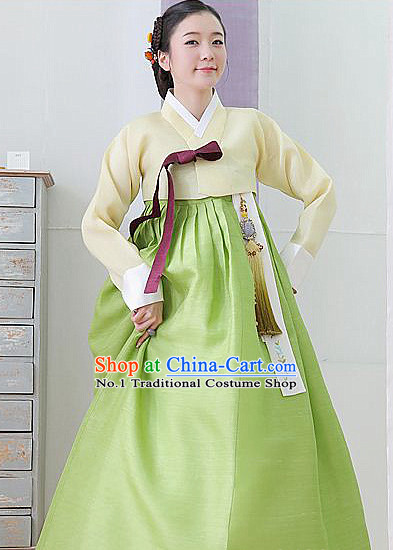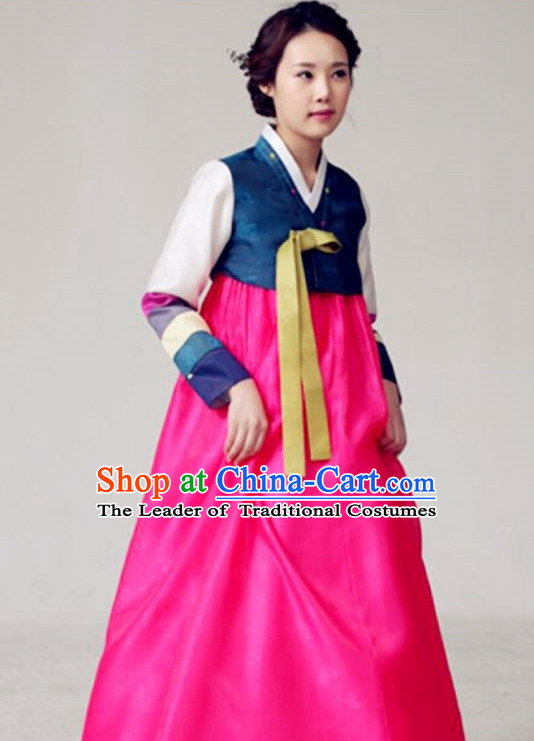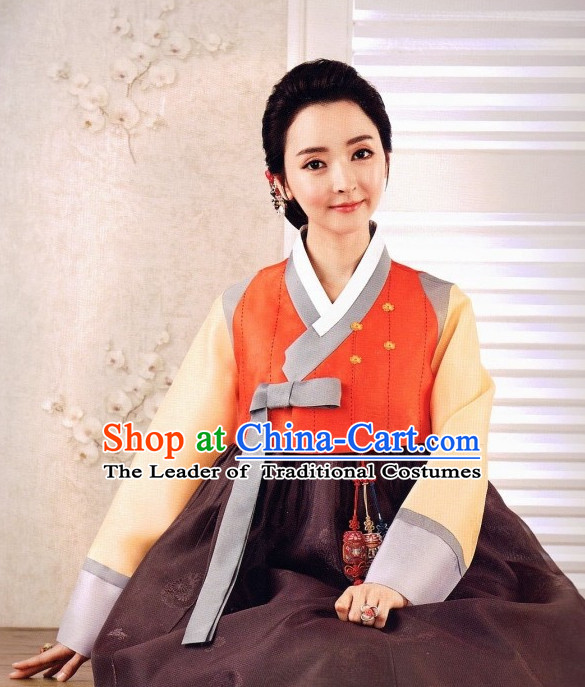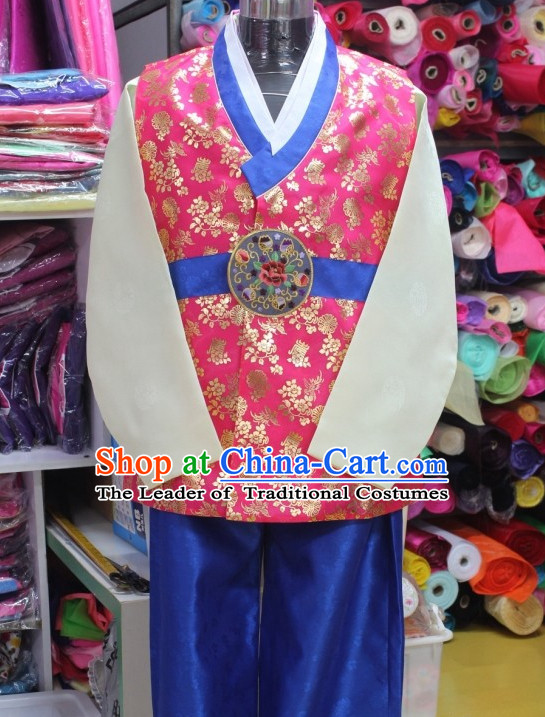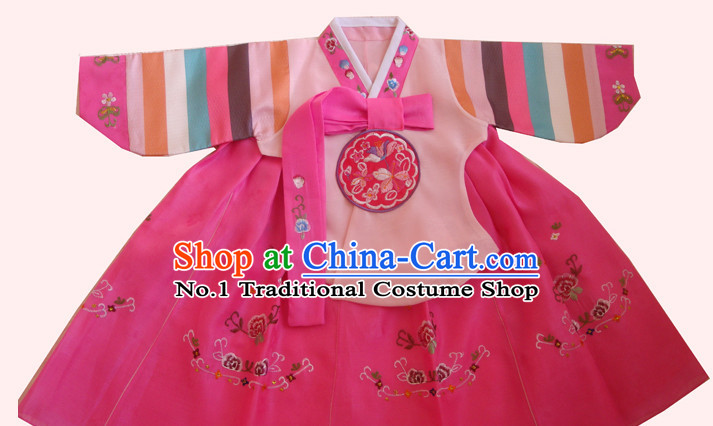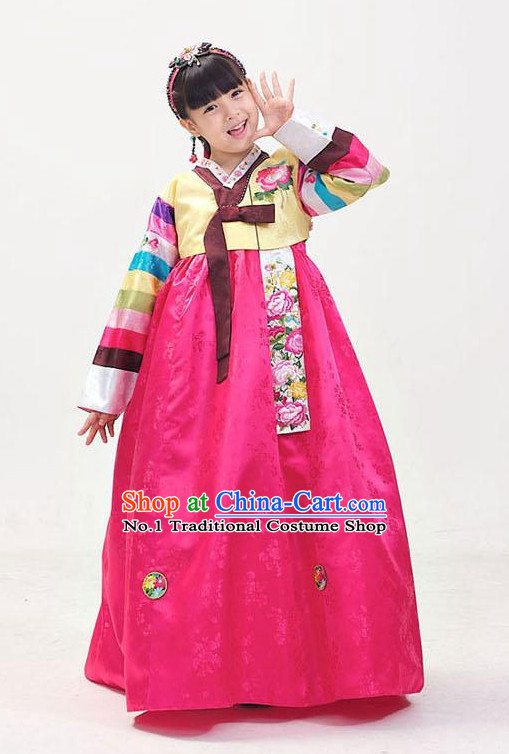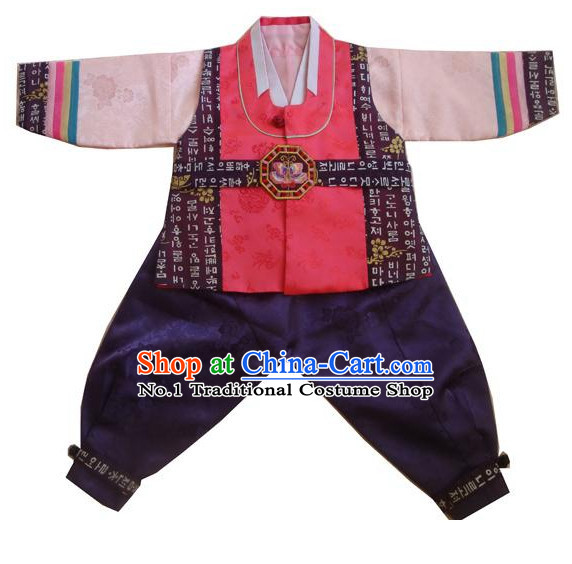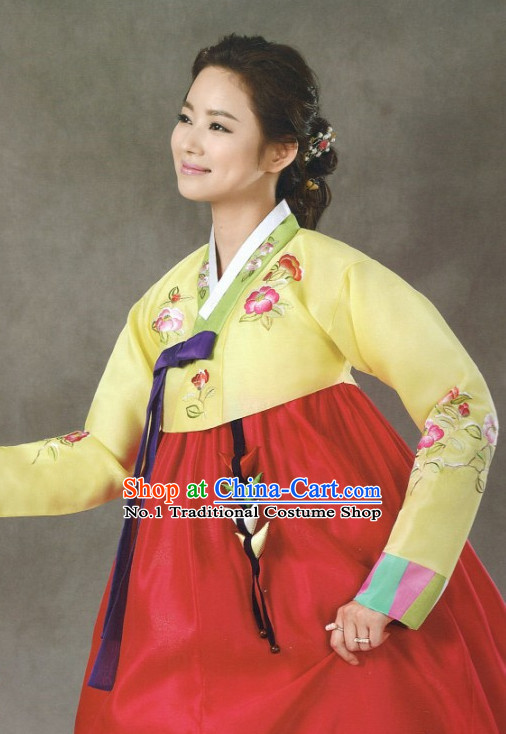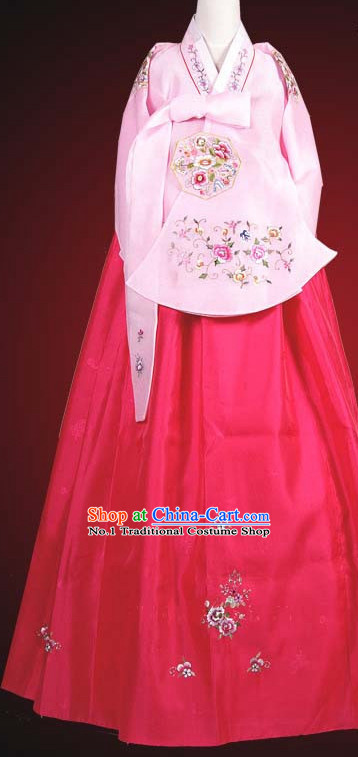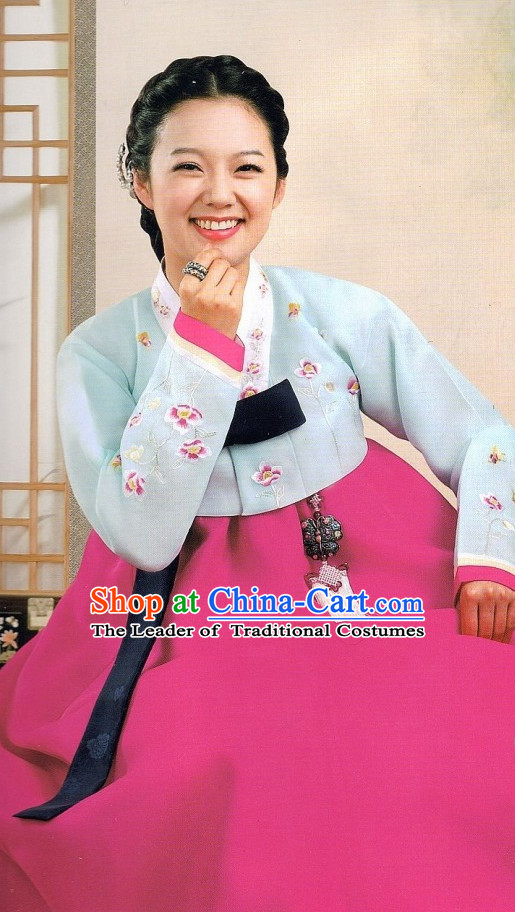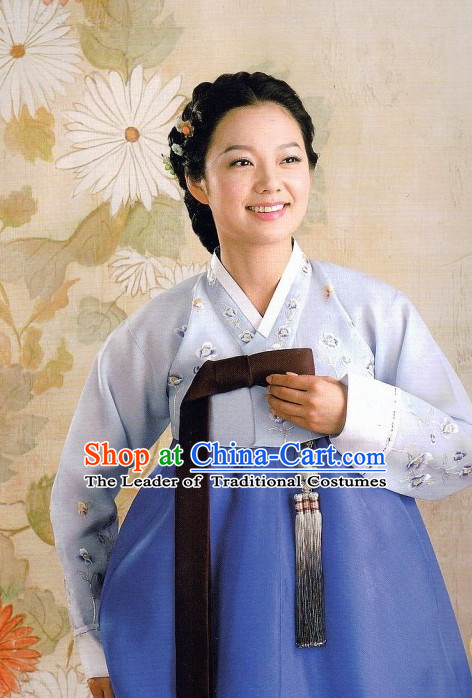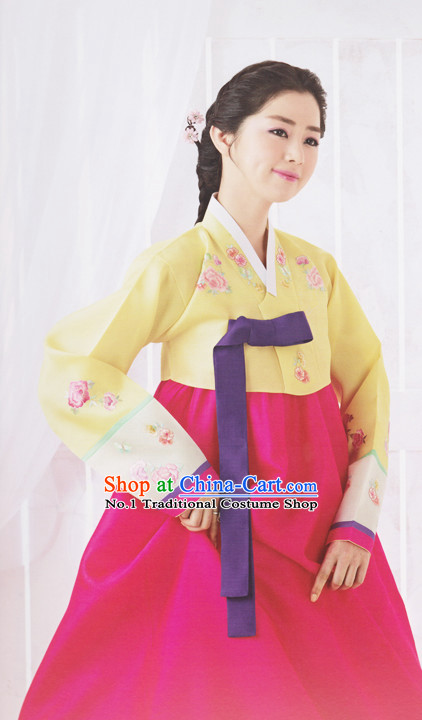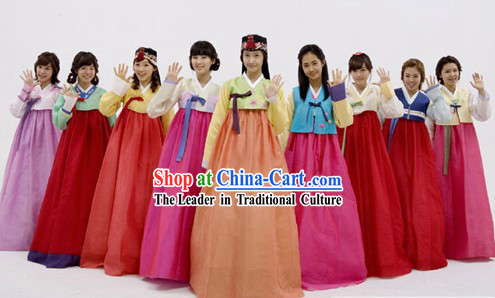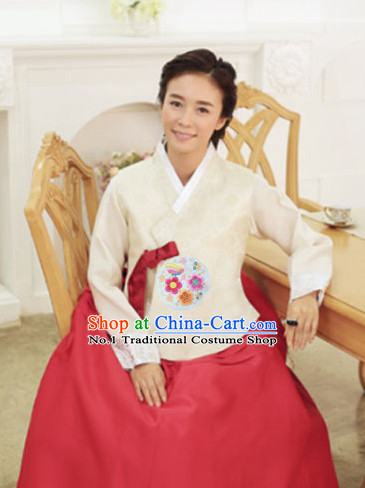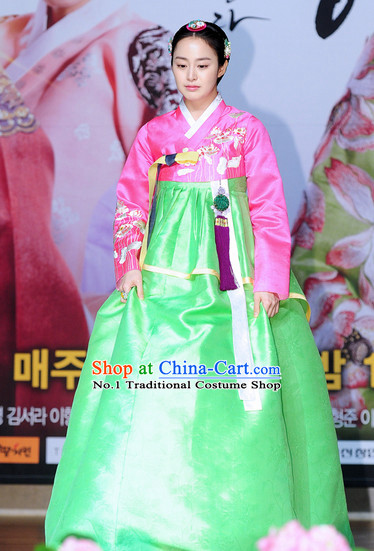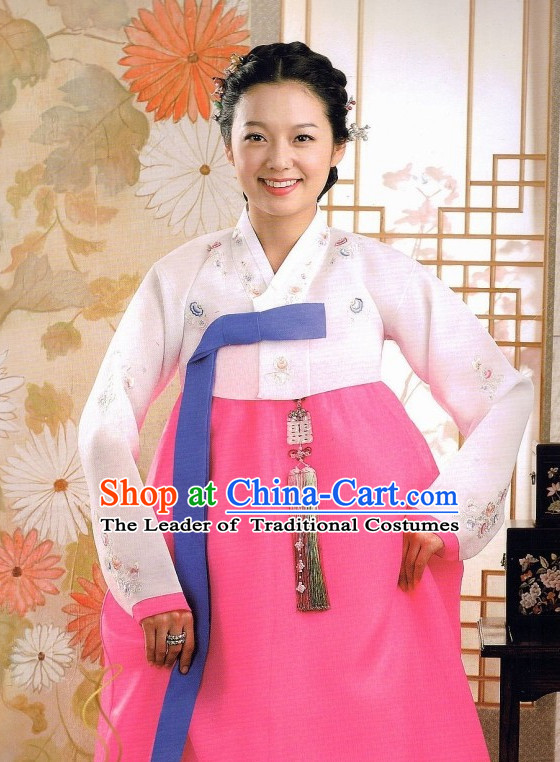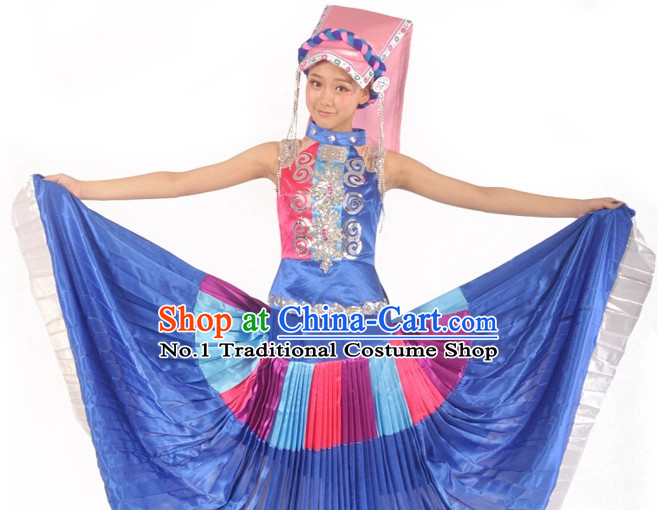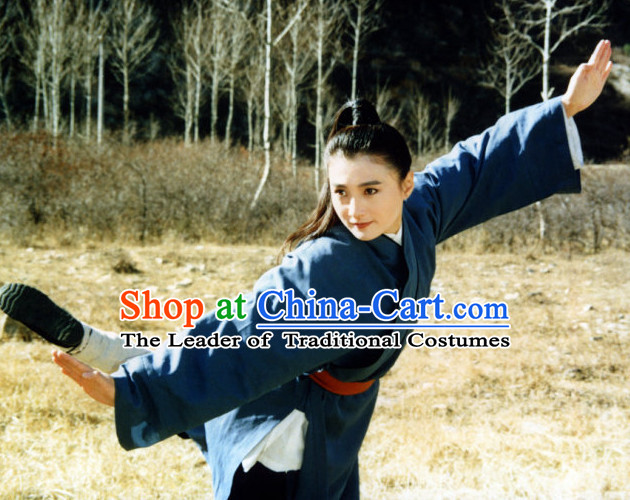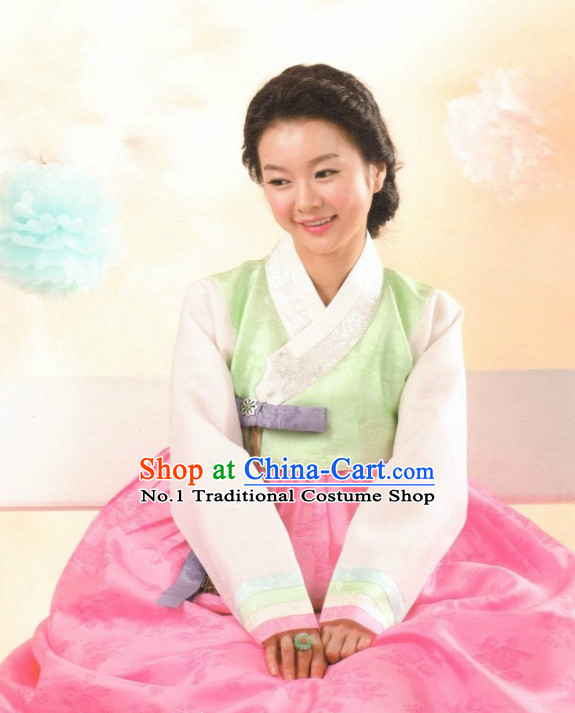
Click Related Pictures for More Audios:
Traditional Korean Hanbok, also known as Korean traditional clothing, is one of the most representative costumes in Korean culture.
It is famous for its elegant and exquisite design and rich historical connotations.
This complete Hanbok set includes a top, skirt, headwear, shoes, etc.
, aiming to provide women with a comfortable and beautiful wearing experience.
The design inspiration of this Hanbok set comes from the traditional costumes of ancient Korea, reflecting the Korean people's pursuit of beauty and respect for traditional culture.
The colors of Hanbok are usually based on natural colors such as blue, green, red, etc.
These colors symbolize different meanings, such as blue representing the sky and ocean, green representing life and hope, and red representing passion and vitality.
In addition, the patterns and decorations on Hanbok also have rich symbolic meanings, such as dragon patterns representing imperial power and authority, and floral patterns symbolizing beauty and prosperity.
In Korea, Hanbok is not only a costume but also a cultural symbol and identity.
Many Koreans will wear Hanbok on special occasions such as weddings, celebrations or traditional festivals.
The way of wearing this traditional costume is also very particular, requiring adherence to certain etiquette norms.
For example, when wearing Hanbok, women usually tie their hair into a bun and wear hair accessories; men will tie their hair into a ponytail.
In addition, they will choose suitable shoes to match Hanbok, such as high heels or wooden clogs.
In conclusion, the traditional Korean Hanbok set provides women with an elegant and exquisite wearing experience while carrying rich historical connotations and cultural significance.
It is not only a costume but also a symbol of cultural heritage and identity.





